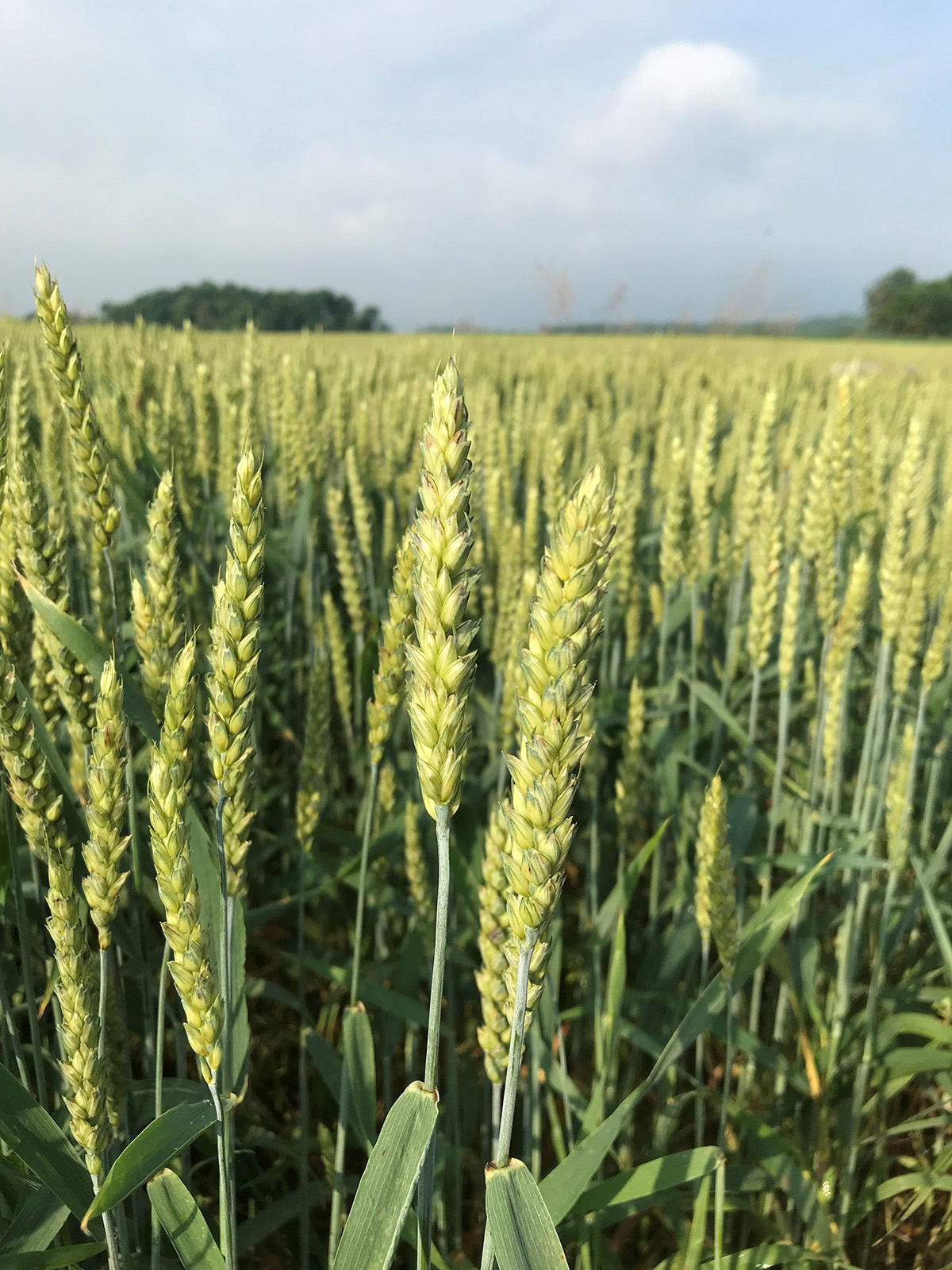
Many ruminant livestock producers have used soft red winter wheat as a forage resource, but many more livestock and row crop producers might want to consider this option, too.

Many ruminant livestock producers have used soft red winter wheat as a forage resource, but many more livestock and row crop producers might want to consider this option, too.
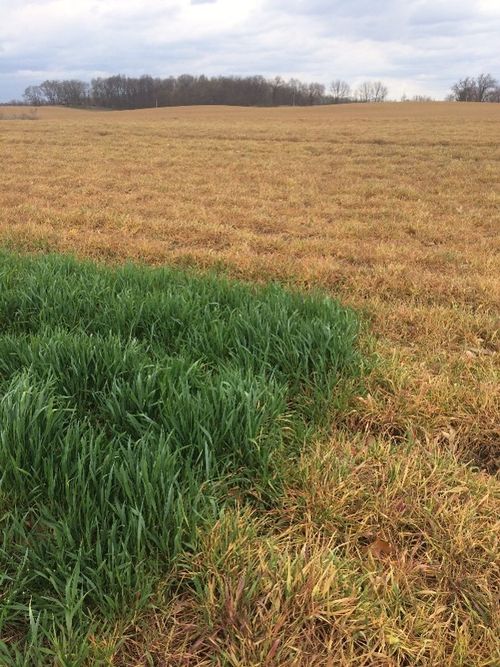
Timing of cover crop termination can have significant benefits in wet and dry springs.
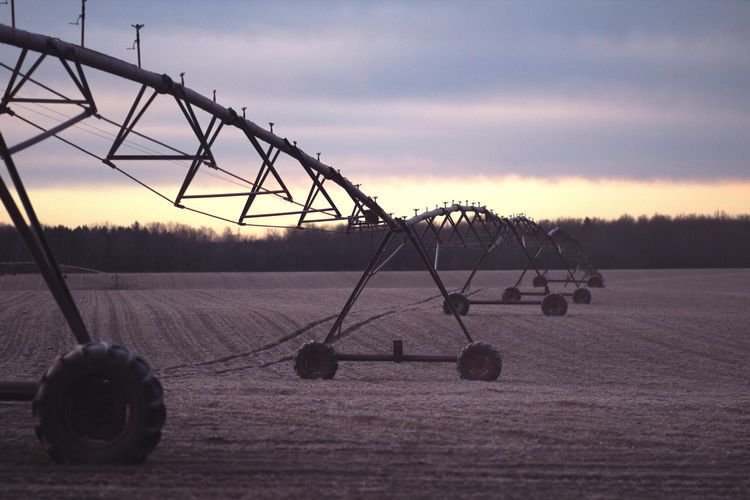
Over the wide variety of planting and soil-applied herbicide situations, most irrigated producers will gain from an early-season irrigation application. The limiting factor is whether the irrigation system is ready to go.
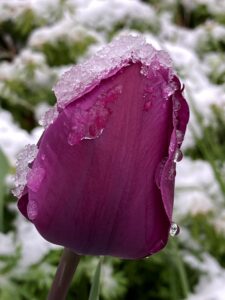
Keith Johnson, Purdue University Extension Forage Specialist, answers questions from the past week about cold temperatures, foxtail, and buttercup
Uniformly adequate soil moisture at seeding depth is important for assuring rapid and uniform germination of a newly planted corn crop.
Planting season is here and there has been some of that activity in Indiana, but is it the right time, or maybe too early?
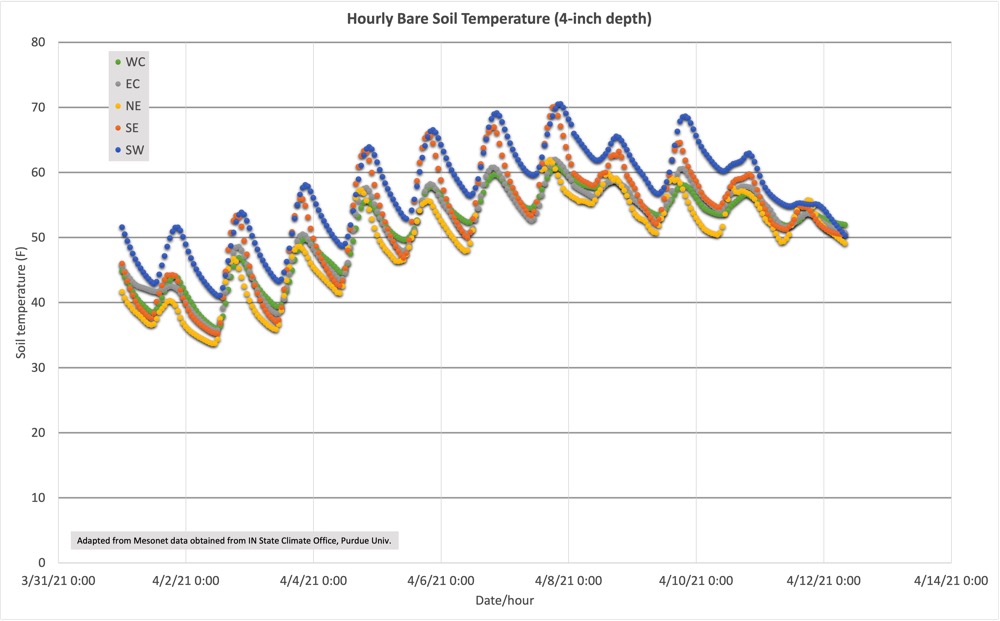
Corn germination and emergence rely heavily on soil temperature. The warmer the soils, the faster emergence occurs. Emergence requires roughly 115 Growing Degree Days (GDDs) accumulated from planting.
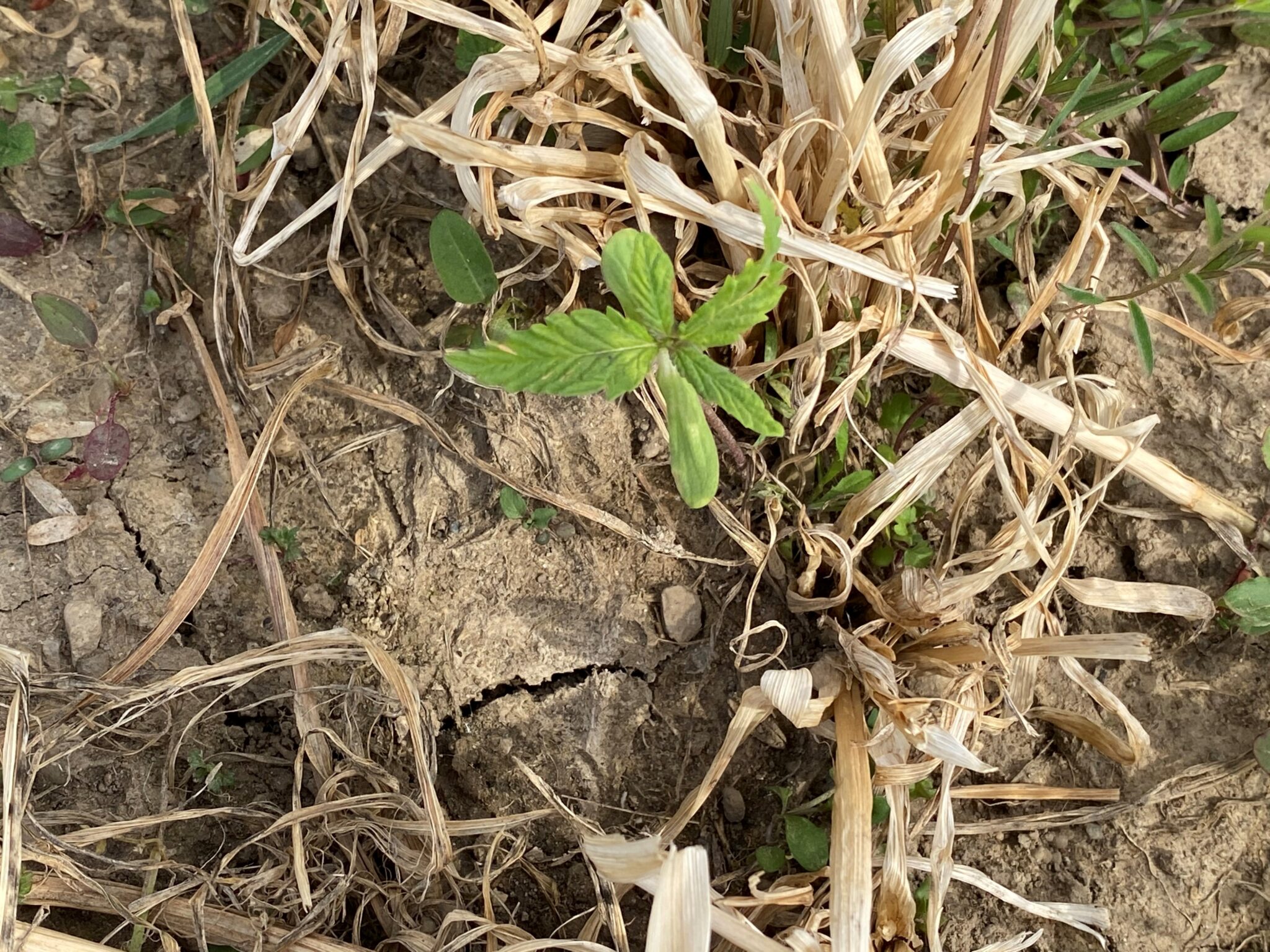
Volunteer hemp is up in fields where the seed was dropped the previous season.
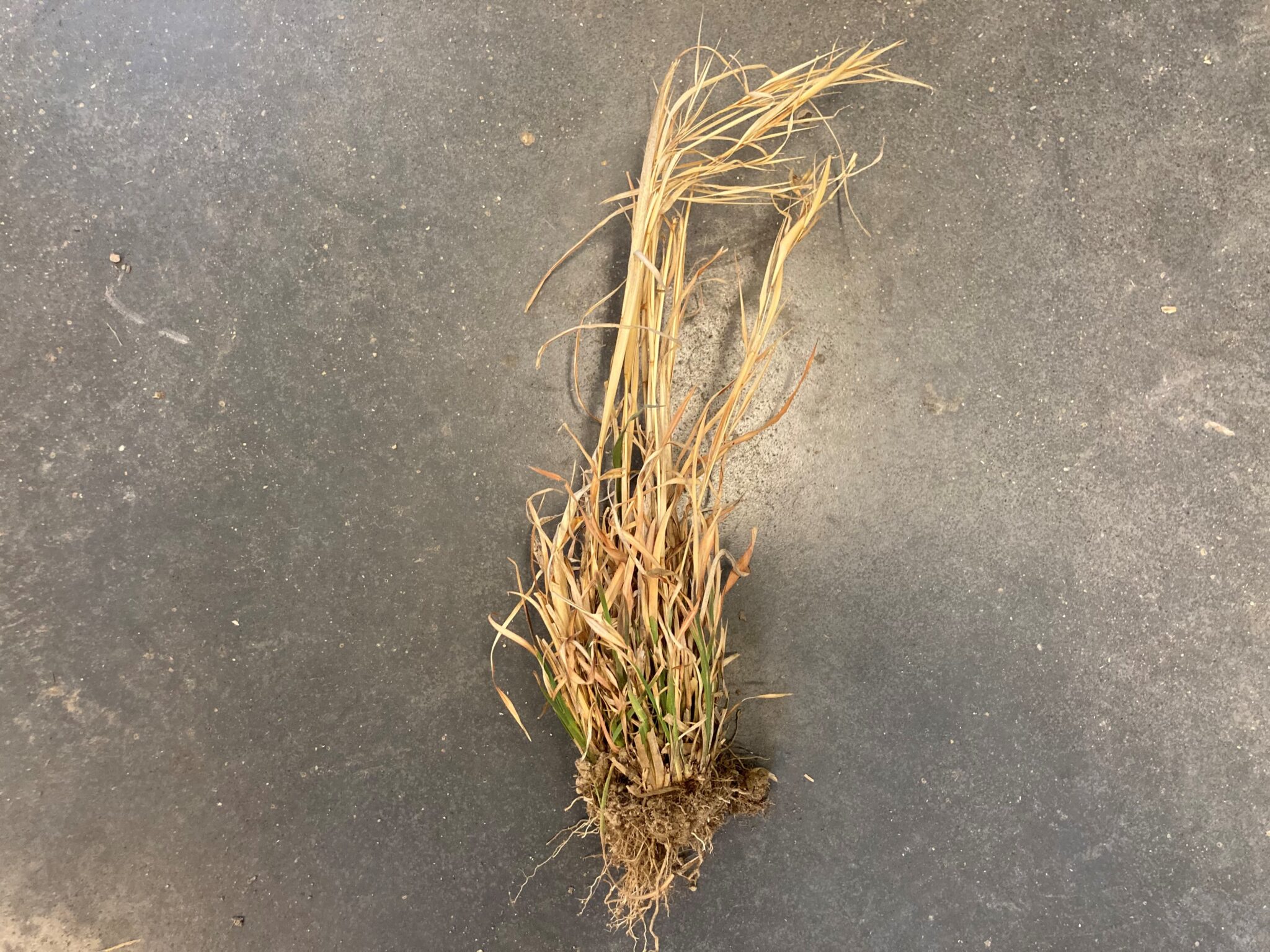
I once thought that broomsedge bluestem was a southern Indiana plant only, but as the years have gone by I see the plant all over Indiana.

A new program, the “Midwest Grazing Exchange”, was developed to match landowners and livestock owners.
© 2025 Purdue University | An equal access/equal opportunity university | Copyright Complaints | Maintained by Pest&Crop newsletter
If you have trouble accessing this page because of a disability, please contact Pest&Crop newsletter at luck@purdue.edu.